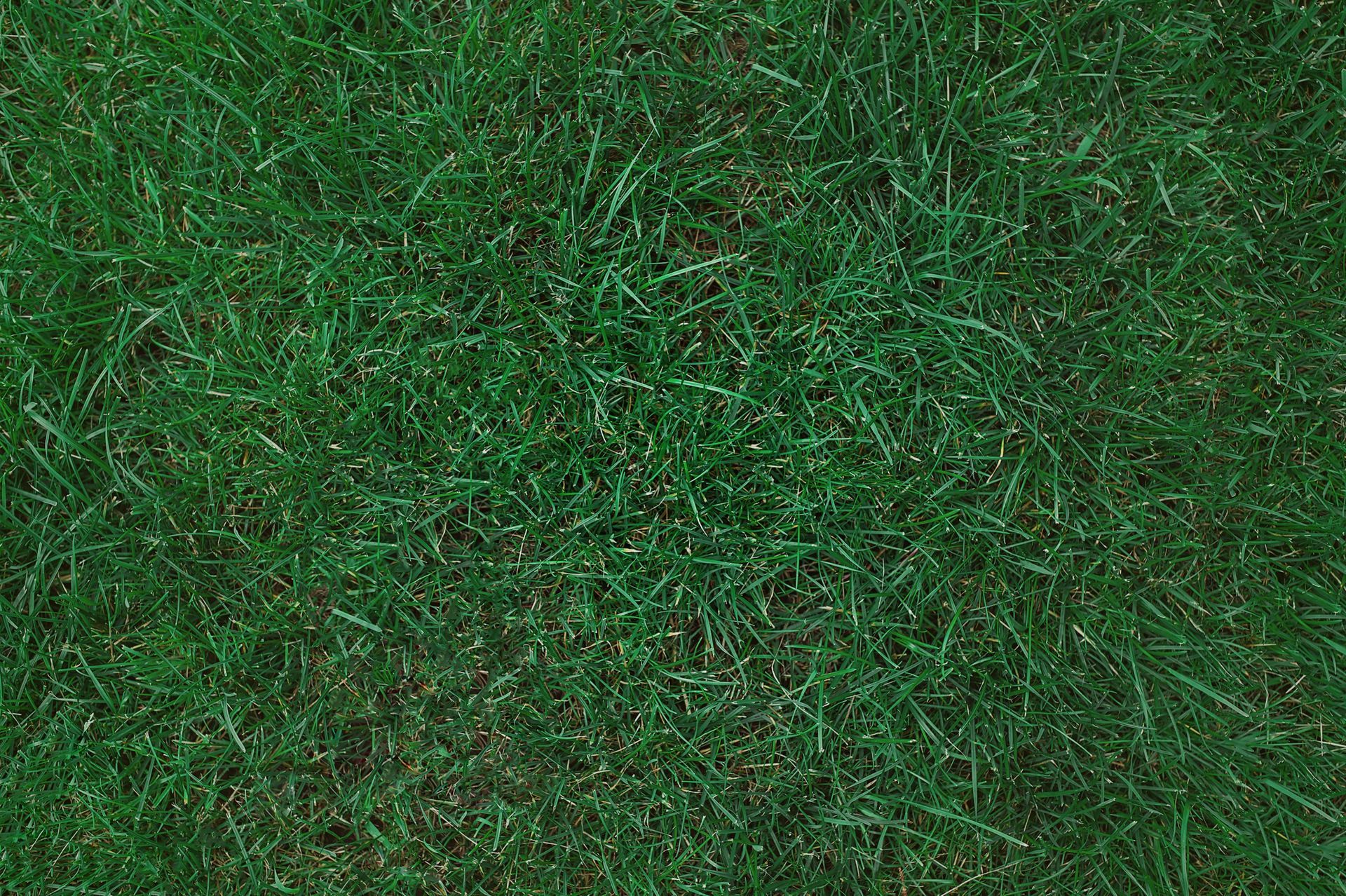Want a lush, green lawn? Kentucky Bluegrass is a top choice! Kentucky Bluegrass is a favorite for homeowners and landscapers in Fountain, CO, thanks to its rich color and durability. However, keeping it healthy requires proper care. In this guide, we’ll cover seven essential tips to help you grow and maintain a thriving Kentucky Bluegrass lawn.

1. Choose High-Quality Kentucky Bluegrass Seed
Starting with the right seed is crucial for a successful lawn. Look for Kentucky Bluegrass seed for sale in Fountain, CO that is disease-resistant and suited to local climate conditions. Buying from a trusted supplier ensures you get high-quality seed that will grow into a thick, resilient lawn.
2. Prepare Your Soil Properly
Before planting, test your soil to determine its pH and nutrient levels. Kentucky Bluegrass thrives in well-drained soil with a pH between 6.0 and 7.0. Aerate the soil and add organic matter or fertilizers to provide essential nutrients for healthy root development.
3. Watering: Finding the Right Balance
Kentucky Bluegrass requires consistent watering, especially in dry climates like Fountain, CO. Water deeply but infrequently to encourage deep root growth. Early morning watering is ideal, as it reduces evaporation and prevents disease caused by prolonged moisture on the grass blades.
4. Mow at the Correct Height
Mowing plays a significant role in lawn health. Keep your Kentucky Bluegrass at 2.5 to 3.5 inches tall to provide shade for the roots and prevent weed growth. Avoid cutting more than one-third of the grass height at a time to reduce stress on the turf.
5. Fertilization for Strong Growth
Fertilizing at the right time helps maintain vibrant, green grass. Use a balanced fertilizer with nitrogen, phosphorus, and potassium, applying it in early spring and fall. Over-fertilizing can cause excessive growth, leading to thatch buildup and lawn diseases.
6. Overseeding to Keep Your Lawn Thick
Over time, patches may develop due to foot traffic, pests, or weather conditions. Overseeding with Kentucky Bluegrass seed in Fountain, CO, can help fill in bare spots and maintain a dense lawn. The best time to overseed is in early fall when temperatures are cooler, and soil moisture is higher.
7. Control Weeds and Pests Naturally
Weeds and pests can weaken Kentucky Bluegrass if not managed properly. Use natural herbicides and integrated pest management techniques to reduce chemical use. Regular mowing, proper fertilization, and healthy watering habits will help keep weeds and pests at bay.
For the best results, sourcing high-quality Kentucky Bluegrass seed is essential. If you need expert guidance or premium turf solutions, reach out to Templeton Gap Turf Farm for professional turf assistance.
Final Thoughts
A healthy Kentucky Bluegrass lawn requires proper preparation, consistent care, and the right maintenance techniques. By following these seven tips, you can enjoy a lush, green lawn year-round. What challenges have you faced while growing Kentucky Bluegrass in Fountain, CO? Let us know in the comments!


